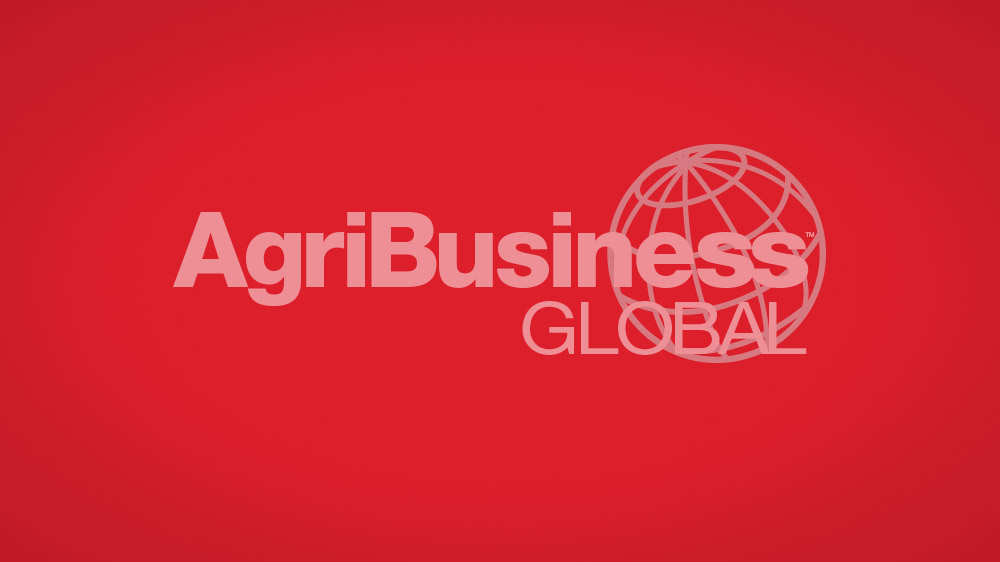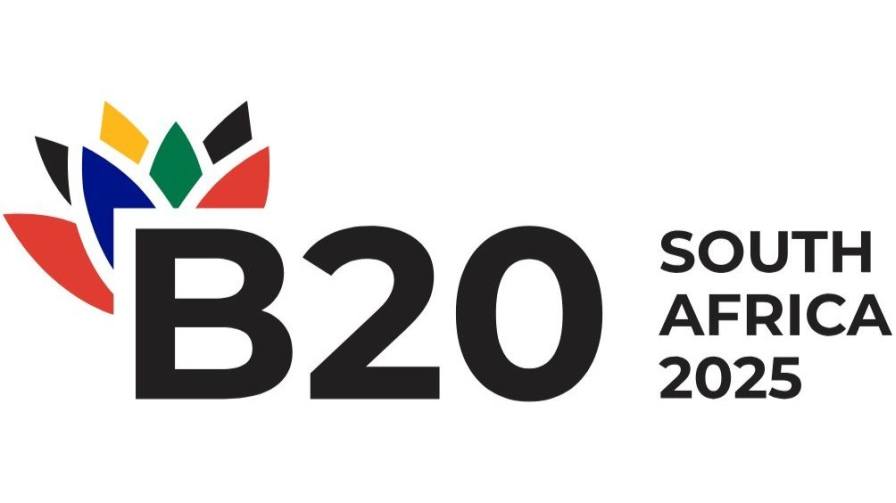DunhamTrimmer’s Biologicals Outlook 2025: U.S.
While other less mature markets around the globe may be growing at a faster pace, there’s no denying that the U.S. remains a highly appealing market for biologicals companies. Richard Jones, Vice President, Content and Client Engagement for DunhamTrimmer, an AgriBusiness Global contributor, asked DunhamTrimmer’s Mark Trimmer, President and Founding Partner, and Manel Cervera, Managing Partner and Chief Commercial Officer, to offer their insights on the U.S. market and discuss opportunities this region offers for companies looking to market biocontrol and biostimulant products.
ABG: What biocontrol products are doing well in the U.S. market?

Mark Trimmer
Mark Trimmer: It’s still a microbial market in the U.S. The traditional microbials — the Bts and then the Bacillus subtilis and the Bacillus amyloliquefaciens products — are all doing well, and I think in some cases expanding.
We are seeing a few more peptide products approach the market. It’s still challenging for companies to be able to produce those products at a cost that allows them to be price competitive. But there’s a lot of potential there and with advancements in synthetic biology and production practices, we’re going to see more of those types of products.
We’re also beginning to see RNAi biocontrol products. GreenLight Biosciences received EPA registration for a new bioinsecticide based on RNAi not that long ago, and there are a few other companies that are very active in this space. I think we’re going to see more of those in the coming years.
The U.S. plant extract market remains robust, and of course, pheromones are well established, as are PGRs. But I anticipate the U.S. will continue to be a microbial-dominated market for the foreseeable future.
Microbials just fit the business model that the chemical companies are accustomed to. They have a manufacturing plant. They produce a product. They have quality control procedures for that product to ensure consistency. They formulate it, put it in a jug, and send it out the door. In contrast, with plant extracts you have to go out somewhere and find this plant, either cultivated or wild, harvest it, and then extract a useful biomolecule from it. And depending on the climate and the conditions that plant grew in, you may or may not find the same levels of that biomolecule every time you harvest it. As a result, maintaining consistency in product quality is more demanding.
For plant extracts, I believe the logistics in the supply chain are more challenging. There are companies that are looking to solve that problem through plant tissue culture, trying to develop means of producing that biomolecule in basically a tissue-culture-based manufacturing plant. I think it’s possible that one or more companies may solve that significant problem and be able to produce a more consistent plant-extract-based product as a result.
ABG: What companies have been successful bringing biocontrol products to market in the U.S., and what are some factors companies should be focusing on if they are considering the U.S. as a potential market?
MT: We have the well-established companies here in the U.S., market leaders like Valent BioSciences, Certis Biologicals, and others. Of course, the Big Four — Bayer, BASF, Syngenta, and Corteva — are all active in the biocontrol market now. And they all do a very good job at product development, registration, and marketing and commercialization of those products.
But we also see a lot of startup companies from outside the U.S. that are looking to enter the U.S. market. When we talk about the hindrances to entering the U.S. market, I would say for many of those companies, it’s understanding our distribution channel and how to gain market access successfully.
That’s a big barrier for a small company based in Europe or Latin America to overcome in a number of ways. Coming to the U.S. and choosing the right partner and understanding what they need to do to support that partner in developing the product for the U.S. grower. Understanding that they have to conduct field trials and demonstrate efficacy under U.S. growing conditions, that they can’t just come with their product performance profile from Spain and have it be enough to gain traction in the U.S. market. These are big challenges for any smaller company to work through.
Another hindrance for a lot of the smaller companies is the cost of putting a staff in the U.S. Even if it’s just a handful of people, it’s a big lift for a small company. It’s important to understand that they’re going to need some representation in the U.S. to have a face that’s interacting with their distribution partners, going to conferences and promoting the product and the company, and all the things that are needed to launch a product into the market.
A third hindrance is understanding the scale of the U.S. market and the amount of product they need to be able to supply — especially for those hoping to enter the U.S. row crop market. Many companies underestimate the logistical challenges that supplying the U.S. corn or soybean market can present, both in the amount of product needed and the timeframe that it must be delivered. Nothing damages a distribution relationship faster than failure to supply the product when needed. That is a significant barrier for a smaller startup company.
The big challenge for the future of the U.S. market is we’ve seen a lot of biocontrol products enter the specialty fruit and vegetable market. Biocontrol now has a fairly high market share, probably above 20% in some fresh market fruits and vegetables. The amount of growth still possible in those segments is diminishing.
So really, future growth in the U.S. is going to have to come from new products that are controlling pests that are not being controlled with existing biocontrol products, or entry into the broader row crop market in a bigger way.
We’ve seen some companies starting to make moves in that direction. It’s happening more quickly on the biostimulant side at this point than it is on the biocontrol side. Hopefully, we’ll start to see some more success in that area because I think that’s going to be critical if the U.S. is going to continue to grow, especially past 2030. We’re going to have to see biocontrol start to have some meaningful successes in the row crop market.
ABG: How does this compare to the U.S. market landscape for biostimulants?

Manel Cervera
Manel Cervera: I think the big difference for the U.S. compared to Europe is on the regulatory for innovative products, whether they are microbial-based products or whether they are single-biostimulant molecules. That’s clearly enhancing the number of innovative companies working with new products. That’s been fundamental in developing the U.S. market for microbial biostimulant use in non-leguminous crops for Nutrient Use Efficiency, particularly in corn. Those are areas particularly where I think the U.S. surpasses Europe, and they are doing very well.
Looking ahead to 2025, I would say that this innovative approach could really continue with any new technologies that enter the market. Mark mentioned RNAi, and I am hearing a lot now about the use of RNAi interference techniques, for example, or even the delivery systems for extensive crops — I think those are things that probably the U.S. will continue to do well in 2025.
MT: I agree, I think there is potential for RNAi technology in biostimulants. Basically, what you’re doing is interrupting a signaling pathway in the plant. If you can interrupt the signaling pathway that enhances a plant’s tolerance to excess heat or improves water-use efficiency, for example, it would do the same thing as interrupting the signaling pathway that a fungus needs to infect the plant. You would have the same beneficial process. I think there’s significant potential for future biostimulants using RNAi.
ABG: Are there any other factors to consider in bringing biostimulant products into the U.S.?
MC: The U.S. is a huge market. As a single country it’s as big entire other regions may be, and with a lot of intensive agriculture. Maybe one issue is that each state has its own regulation for biostimulants. Most of them are simple, with the possible exception of California. But in fact, it is a hindrance that you still need to go state by state.
MT: The challenge has always been that biostimulants are not regulated consistently in every state. There are some states that say, “It’s not a pesticide. It doesn’t have any nutritional value. We don’t regulate this.” Other states say “OK, it’s not a pesticide and it’s not a not a nutrient, but you’re claiming it does something to help the plant. You have to run some trials and prove to me what it does.” So, you get both extremes. The challenge becomes it’s almost impossible to get one label that’s accepted by all states.
If a company’s trying to sell a product across the entire lower 48 states, they’ll probably end up with multiple labels. But now they’ve got a logistical nightmare for the guys in the warehouse who must ensure the right label is on the product for the state it is being shipped to.
If we can eventually get the Plant Biostimulant Act passed as part of the Farm Bill and have a uniform set of policies and principles of applying to these products across all states, it would be a huge win for the industry.






